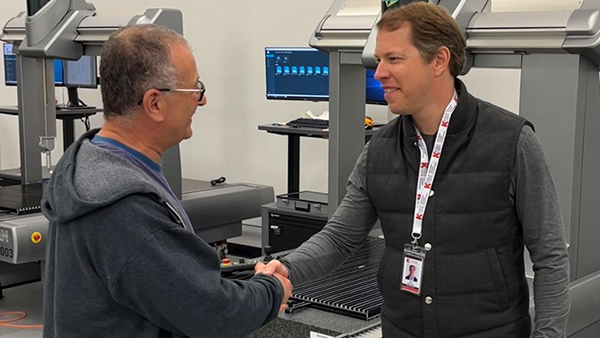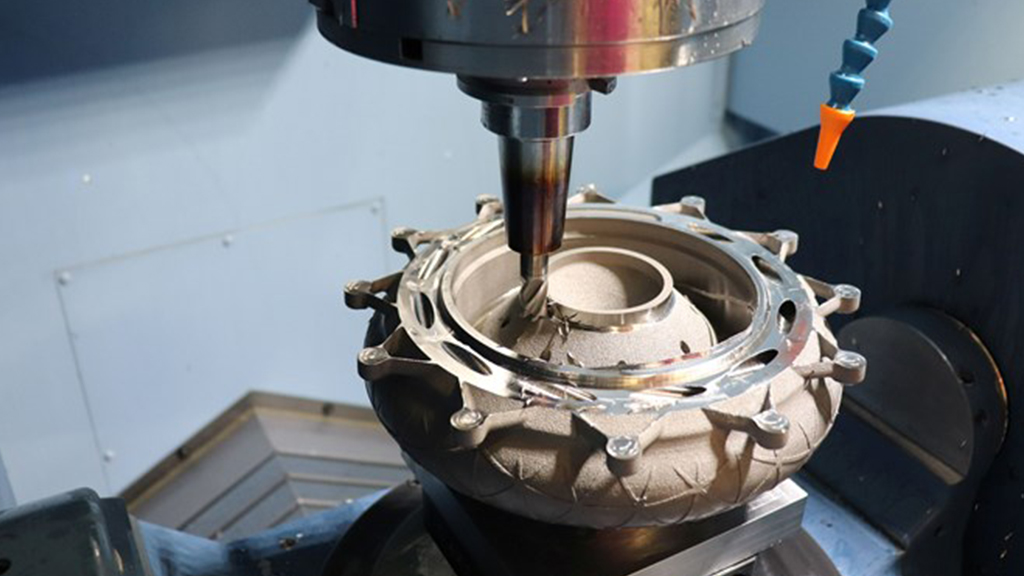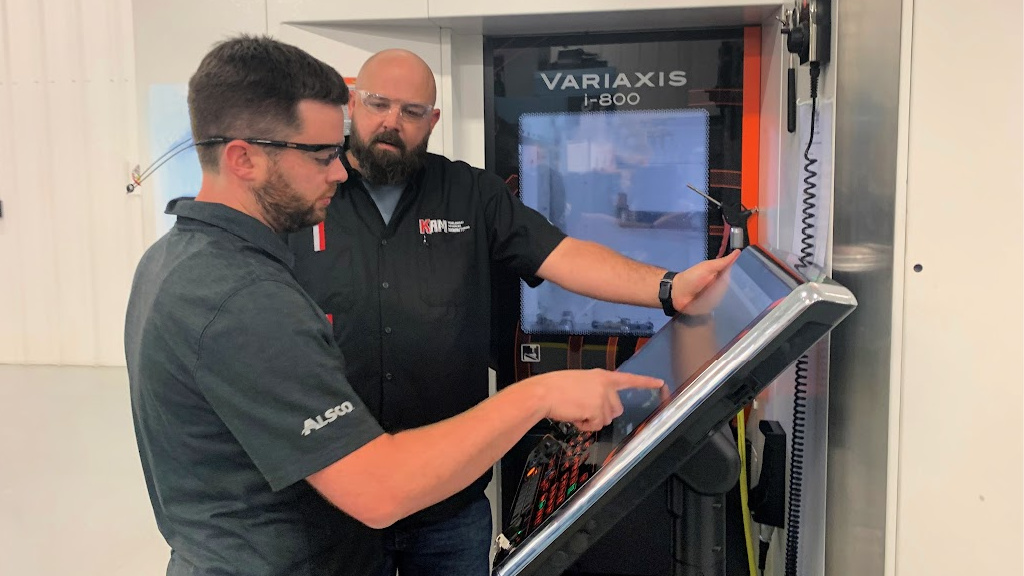Brad Keselowski, founder of Keselowski Advanced Manufacturing (KAM), says there is one vital question that needs to be answered, and deserves to be covered comprehensively, at the beginning of every additive manufacturing job.
In other words, additive changes the flow of how part-making proceeds. The question he says needs to be answered carries this same theme even farther. That question is this: What do you want the part to do?
If that question is unanswered, then AM is likely to be a poor choice, Keselowski says.
Indeed, that question marks the very point of departure for additive. There are plenty of manufacturers who make parts to specifications without knowing what the part is or does. Machining providers, for example, excel at this. For the best of them, a complete model or print offers all the information they need. The reason is that the manufacturing process has already dictated to the designer what forms and features are the most producible — to the extent that process rather than purpose has the final say.
By contrast, additive, which is limited by far fewer geometric constraints, needs the purpose in order to guide the outcome.
“If someone comes to us with a model and asks us to just ‘print this,’ then we will look for something more,” Keselowski says. Print this is a recipe for failure. “Something about the part just won’t fit or won’t work,” he says, due to some aim or expectation that was not seen or expressed. The resulting part might prove to be unnecessarily expensive; it might be hindered by a material choice not ideal for the design; or it might present challenges at the points of assembly to parts that ought to be made additively as well.
A part is an idea as much as anything. The promise of additive is that the idea might be realized fully. A bracket, for example, potentially does more than just hold one component in place relative to another. Ideally it also does so at a certain mass, below a certain cost, above a certain stiffness, and with a certain ease of assembly. AM can potentially deliver all the needs and hopes, provided they can be defined. In additive (as in life?) the first step to getting what you want is knowing what you want.
“A model simply given to us to produce additively is going to be underspecified in some ways and overspecified in others,” Keselowski says. It will miss opportunities for streamlining the part’s form and cost to the need.
If a manufacturer such as KAM is not equipped with the role and purpose of a part likely to be made additively, “then we don’t really know what performance is expected of it,” he says. “That means we don’t know the quality requirements.”
In fact, additive might not even be the path. “We encourage people who come to us: Don’t think of it as an additive journey, think of it as a solution journey,” he says. There will be iteration, he notes — a process of discovering all the aims for the part, including those that have not yet been fully seen or stated. Some other process, perhaps machining alone rather than machining as part of additive, might prove to be the best way to realize these aims. Additive expands what is possible in the final solution, but that is all the more reason to focus on the solution. Locking in on AM from the outset actually tends to result in AM being poorly applied.
Read the full article at Additive Manufacturing Media here.
For more information on KAM’s full lineup of capabilities and services, contact sales@kamsolutions.com.








